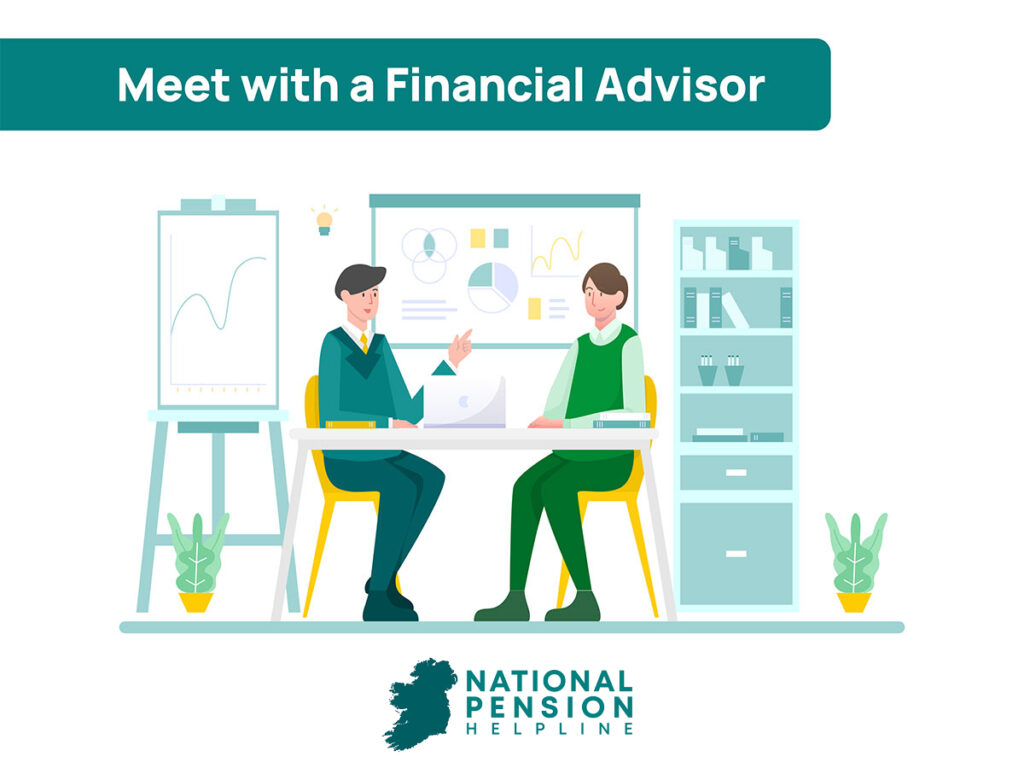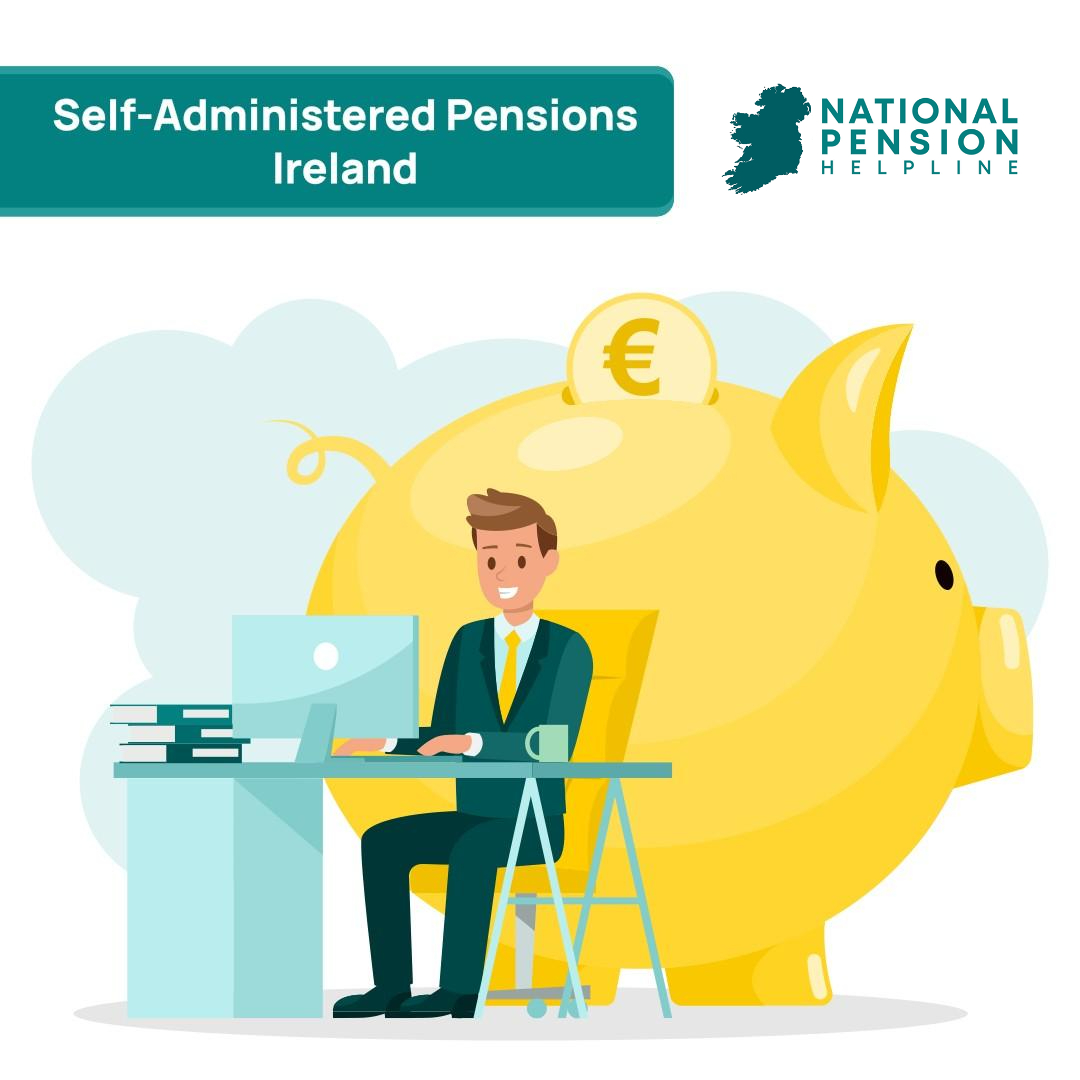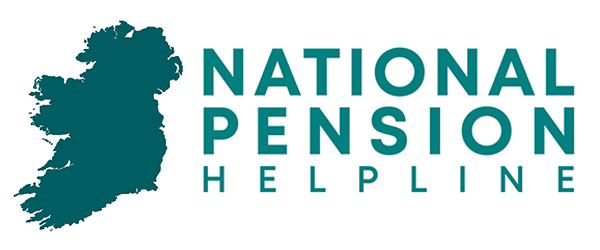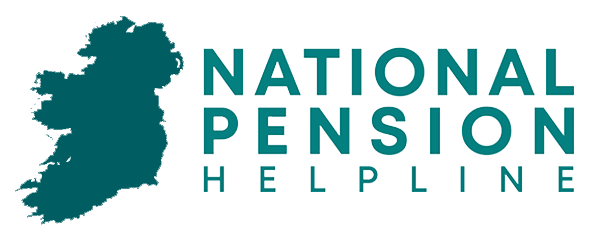Provided to The National Pension Helpline by Dan Malone (Malone Financial)
Small, self-administered pension schemes are predominantly used by business owners and high standing, key employees like company directors.
This is because a SSAPS offers more flexibility and control over your pension investment and allows you to maximise its tax efficiency within a given structure.
In Ireland today, there is a broad scope for pension investment options in retirement. If you own your own business, you may want to consider a SSAPS as the most viable avenue for your money.
Table of Contents
What is a Small Self-Administered Pension Schemes ?
Revenue defines a SSAPS as a pension scheme that generally boasts fewer than twelve members. It is a scheme usually set up by a company for an employee or director, in which the individual has more control over where their pension funds are invested.
They are predominantly used by proprietary directors of private companies, that being a director who controls, or is the beneficial owner, of at least 15% of the company’s ordinary share capital.
Can Anyone Set Up a Self-Administered Pension Scheme in Ireland?
Technically, anyone can set up a self-administered pension scheme in Ireland. If you feel as though the format would suit your retirement plan, you must hire an independent trustee to oversee your proposed pension scheme.
The trustee comes in the form of a legal expert or financial advisor who can assist in mapping out the structure of your pension plan. That trustee must also ensure there is appropriate annual reporting and that the pension plan falls in line with regulatory standards.
Trustees usually require payment, either in the form of a flat annual sum or a percentage (typically between 1% and 4%) of your structure. Fees are also charged for your pension vehicle and your financial advisor if you choose to use one.
What are the Benefits of a Self-Administered Pension Scheme?
The primary benefit to a SSAPS is the control the scheme allows you over your own retirement plan. It is a less common approach as it only appeals to employees in specific situations.
Retirement plans can be so broad and varied that oftentimes, you may be unsure as to where your pension investment is going. A SSAPS opens a lot of those doors – you have the benefit of sitting down with an advisor and deciding on a structure that fits your specific needs.
One route that many are generally tempted by is buying property with your pension. Property is considered one of the most stable pension structures and, again, is one that you can wrap your head around.
It is important to bear in mind that a SSAPS is usually more viable for someone in a high-paying position who values autonomy in their retirement planning. Some of the primary benefits associated with this structure are:
When Can I Access My SSAPS?
Generally, you can get access to your pension when you reach 60. However, there are pathways that allow you to dip into pension funds earlier.
A popular option is cashing out your pension at 50. Irish law allows you to withdraw up to 25% of your pension as a tax-free lump sum when you hit a half-century, so that option is another that may appeal to you in your retirement plans.
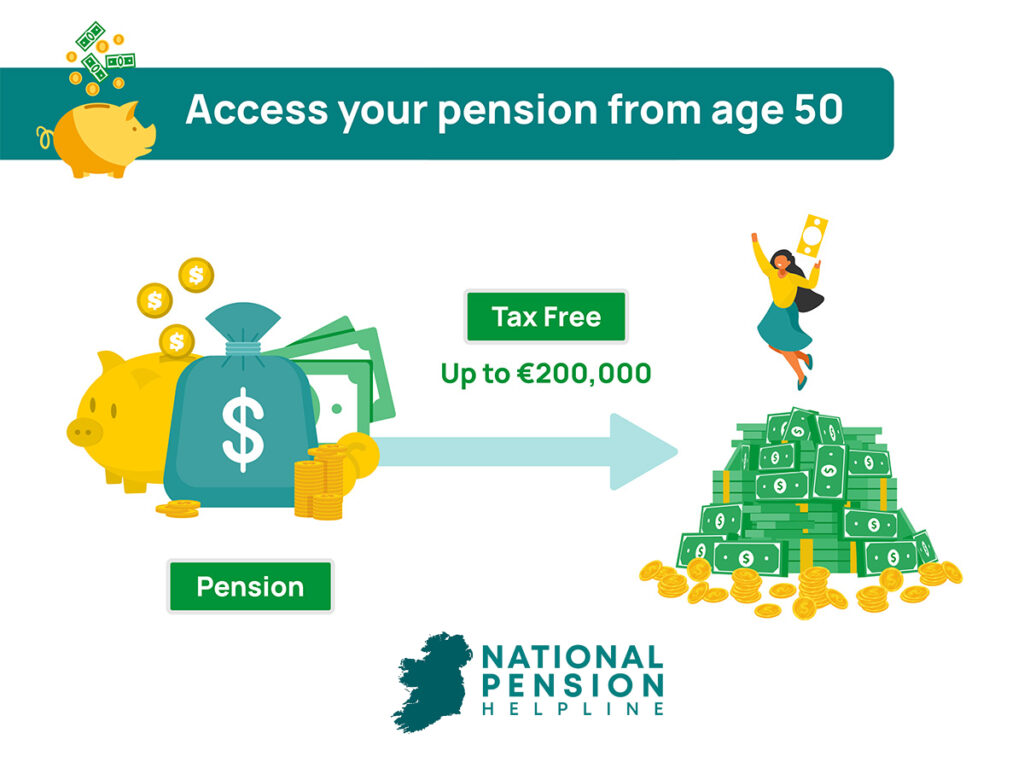
Who Contributes to a Small, Self-Administered Pension Scheme?
The company or employer usually pay the most towards a SSAPS, but the employee or director can also make contributions.
If you own your own company, it is your responsibility to set up your SSAPS.
Tax Benefits for a Small, Self-Administered Pension Scheme
In Ireland, you are entitled to income tax relief against pension contributions that come from earnings you made in employment. Income tax relief is decided at your marginal, or highest, tax rate.
If you have multiple sources of income, the tax relief is against the earnings that are used for your personal contributions to your pension.
There is a percentage limit on the amount of tax relief you are entitled to against your personal pension contributions. This is decided by your age bracket. The guidelines are as follows:
This means, for example, a 52-year-old earning €100,000 per year is entitled to tax relief on annual pension contributions up to €30,000.
If your annual salary exceeds €115,000 per year, it exceeds the limit for calculating tax relief. More information on tax efficiency is available on the Revenue website.
Post-Retirement Tax Efficiencies
Investments you make into your small, self-administered pension scheme post-retirement will continue to be free of income tax and capital gains tax under Irish law.
Income you withdraw from your scheme will be subject to USC, income tax and PRSI but the amount of income you withdraw remains at your own discretion.
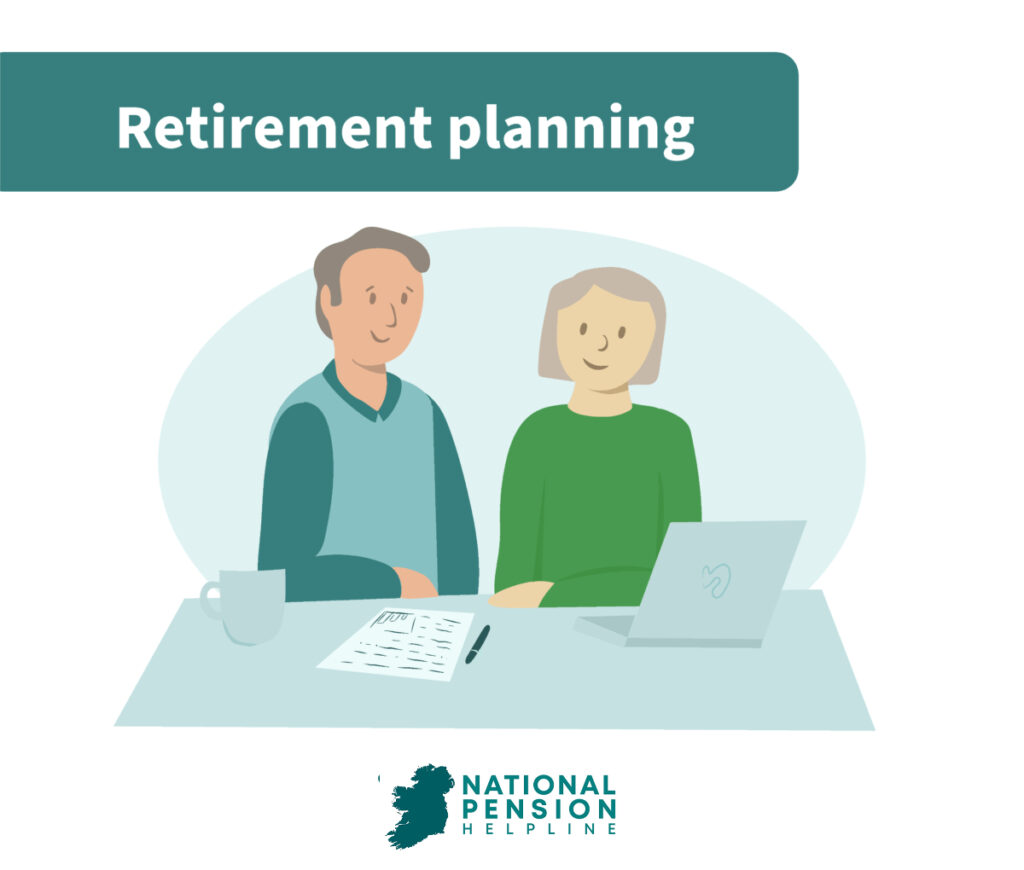
Learn More About Small, Self-Administered Pension Schemes
Your retirement plan will always stay specific to your own situation. Research the various options available to you and be mindful of your own expectations for life in retirement.
If you think a small, self-administered pension scheme is right for you, make an inquiry below to arrange a free consultation with a member of our team to discuss your pension investment options.
